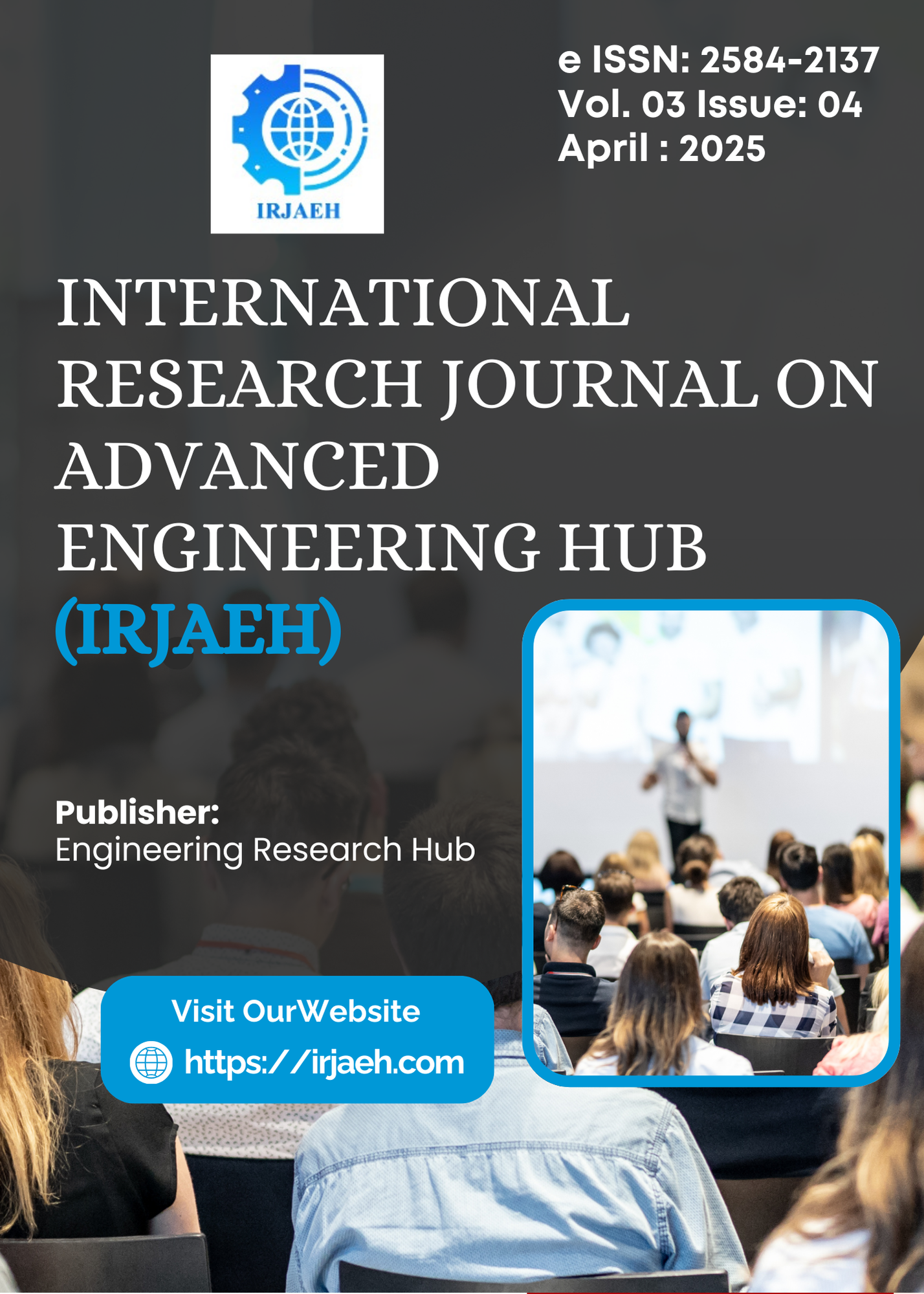Image Forgery Detection Using Machine Learning
DOI:
https://doi.org/10.47392/IRJAEH.2025.0166Keywords:
Splicing, Copy-Move, Convolutional Neural Network, Generative Adversarial Network, Digital ForensicsAbstract
As digital technology advances, confirming the genuineness of images has become increasingly important, particularly in journalism, legal fields, and social media. This research presents a new method for identifying image alterations, concentrating on splicing and copy-move forgery detection, utilizing Convolutional Neural Networks (CNNs) and Generative Adversarial Networks (GANs). The identification process is split into two main stages. During the initial phase, a CNN meticulously examines image features, detecting slight discrepancies that could signify tampering. Through training on a varied dataset of authentic and altered images, the model acquires the ability to identify even the faintest indicators of forgery. The subsequent phase improves this functionality by employing a GAN to create extremely lifelike images, thereby broadening the dataset and enhancing the model's ability to identify different forms of manipulation. Testing on well-known datasets indicates that this method greatly enhances detection precision. The system is similarly very flexible with varying lighting conditions and differences in image quality, which makes it a useful instrument for practical uses. The integration of CNNs and GANs not only enhances the detection of forgeries but also facilitates ongoing learning, making it capable of adapting to new image manipulation methods. This study significantly enhances digital forensics by providing a scalable, flexible, and dependable approach to maintain image integrity and improve automated forgery identification.
Downloads
Downloads
Published
Issue
Section
License
Copyright (c) 2025 International Research Journal on Advanced Engineering Hub (IRJAEH)

This work is licensed under a Creative Commons Attribution-NonCommercial 4.0 International License.

 .
. 